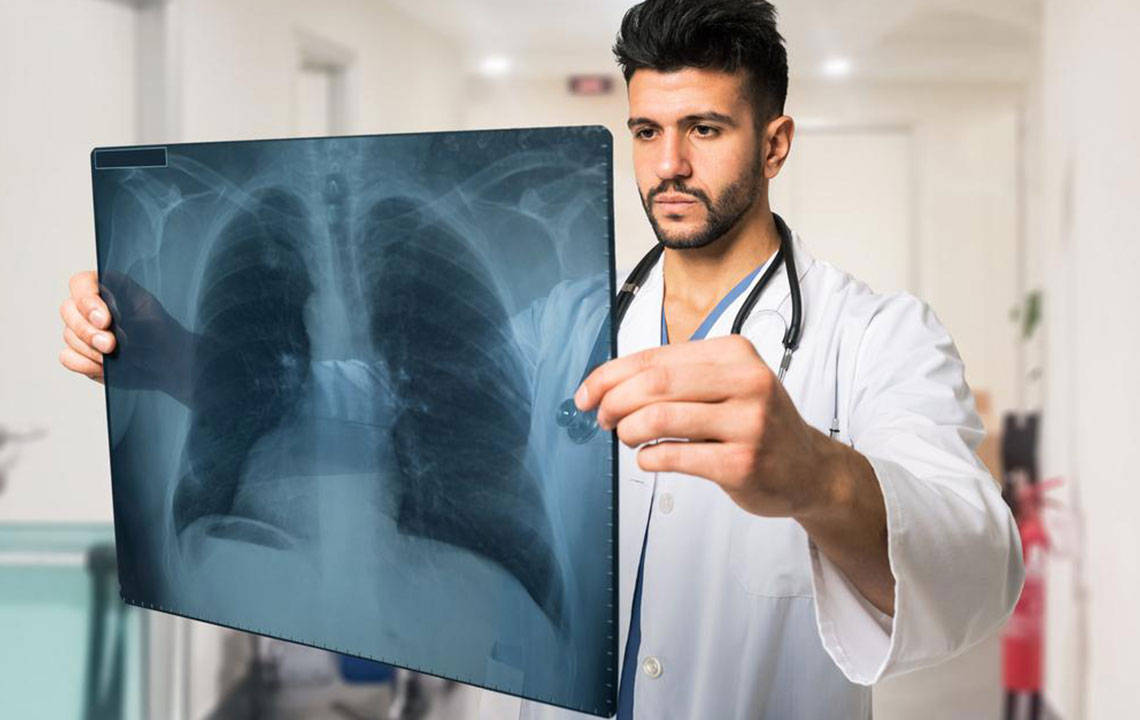Comprehensive Insights into Pulmonary Fibrosis: Causes, Symptoms, and Management
Pulmonary fibrosis is a chronic lung disease marked by scarring of lung tissue, affecting breathing and quality of life. This comprehensive overview covers causes, symptoms, diagnostic methods, and current treatments aimed at slowing progression and managing symptoms. With ongoing research, patients have access to therapies like antifibrotic medications, oxygen therapy, and pulmonary rehab, helping to improve their quality of life. Early detection and lifestyle adjustments are essential for effective management, especially for older adults at higher risk. Consult healthcare providers for personalized care options.

An In-Depth Look at Pulmonary Fibrosis
Pulmonary fibrosis is a serious respiratory disease characterized by the gradual build-up of fibrous scar tissue within the lungs. This scarring thickens the lung tissue, resulting in reduced elasticity and impaired ability to facilitate efficient gas exchange — a critical function vital to oxygenating the blood and removing carbon dioxide. As the scarring progresses, it leads to stiffness in the lungs, making breathing increasingly difficult and limiting physical activity. The condition is often called idiopathic pulmonary fibrosis (IPF) when the exact cause remains unknown, but various factors contribute to its development.
Understanding pulmonary fibrosis requires acknowledging its complex nature. The disease can develop gradually over months or years, or sometimes accelerate suddenly, depending on the individual's circumstances. It primarily affects the alveoli, the tiny air sacs within the lungs responsible for oxygen transfer into the bloodstream. Damage to these alveolar walls reduces the lung’s ability to absorb oxygen efficiently, which manifests as shortness of breath, especially during exertion. Over time, symptoms worsen, impacting sleep, daily activities, and overall quality of life.
Multiple underlying causes and risk factors are associated with pulmonary fibrosis. Exposure to certain environmental hazards such as asbestos, silica dust, and coal dust is a significant concern, particularly in specific industries like construction, mining, or manufacturing. These hazardous materials can irritate and damage lung tissue, prompting fibrotic changes. Additionally, underlying health conditions such as autoimmune diseases (including rheumatoid arthritis and scleroderma) can contribute to lung scarring. Certain medications, notably chemotherapy drugs and some antibiotics, have been linked to pulmonary toxicity, which may induce fibrosis as a side effect.
Genetics also play a role. Some people inherit genetic predispositions that increase their risk of developing pulmonary fibrosis. For instance, mutations in specific genes related to lung tissue repair and immune response may predispose certain individuals. In many cases, however, no clear cause can be identified, leading to the designation of idiopathic pulmonary fibrosis.
Early detection of pulmonary fibrosis is crucial for managing the disease effectively. Initial symptoms are often subtle and can be mistaken for other conditions, which complicates diagnosis. Common early signs include a persistent dry cough, often unproductive and enduring over weeks or months. Individuals may also notice exertional breathlessness — difficulty breathing during physical activity — which gradually becomes apparent even at rest in advanced stages. Fatigue, unexplained weight loss, and clubbing of the fingers are additional warning signs.
Diagnostic procedures for pulmonary fibrosis include high-resolution computed tomography (HRCT) scans, which provide detailed images of lung tissue to identify scarring patterns typical of the disease. Pulmonary function tests measure lung capacity and efficiency, revealing how well the lungs are performing. In some cases, a biopsy may be necessary for definitive diagnosis, where a small tissue sample is examined microscopically. Blood tests help rule out other conditions or identify underlying autoimmune processes.
Although there is currently no cure for pulmonary fibrosis, several treatment options aim to slow disease progression, improve symptoms, and enhance quality of life. Antifibrotic agents such as pirfenidone and nintedanib have been approved for treating IPF, shown to reduce the rate of lung function decline. Oxygen therapy can assist in alleviating shortness of breath and maintaining adequate oxygen levels. Pulmonary rehabilitation programs, including exercise training, nutritional guidance, and education, support patients in managing daily challenges and improving physical endurance.
Emerging therapies and ongoing research continue to explore new treatment avenues, including stem cell therapy and anti-inflammatory drugs. Lung transplantation remains the only definitive curative option for some severe cases, although it involves significant considerations regarding eligibility and long-term management.
Living with pulmonary fibrosis requires a comprehensive approach, including regular medical check-ups, adherence to prescribed treatments, and lifestyle adjustments. Avoiding environmental triggers such as smoking, pollutants, and occupational irritants is vital. Patients are encouraged to maintain a healthy diet, engage in recommended physical activity, and stay vigilant for symptom changes. Support groups and counseling services can provide emotional assistance and education.
In summary, pulmonary fibrosis is a complex and progressive lung condition that predominantly affects middle-aged and older adults, especially men over fifty. While the disease can significantly impact breathing and daily life, advances in diagnosis and therapy contribute to better management outcomes. Early recognition, proper medical intervention, and lifestyle modifications are essential steps toward improving patient prognosis and maintaining quality of life. For personalized advice and detailed information, consulting healthcare professionals specializing in pulmonary diseases is highly recommended.





